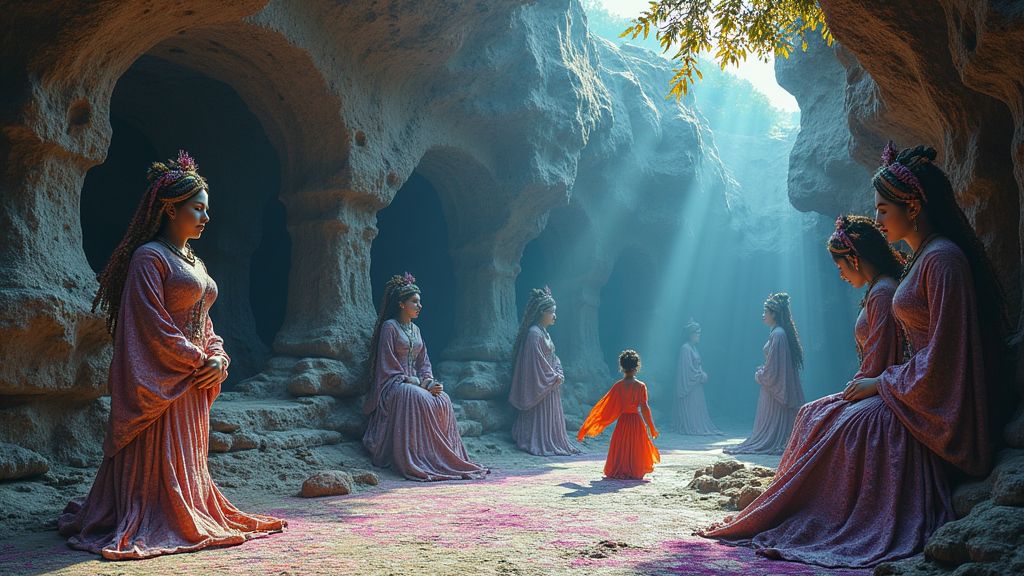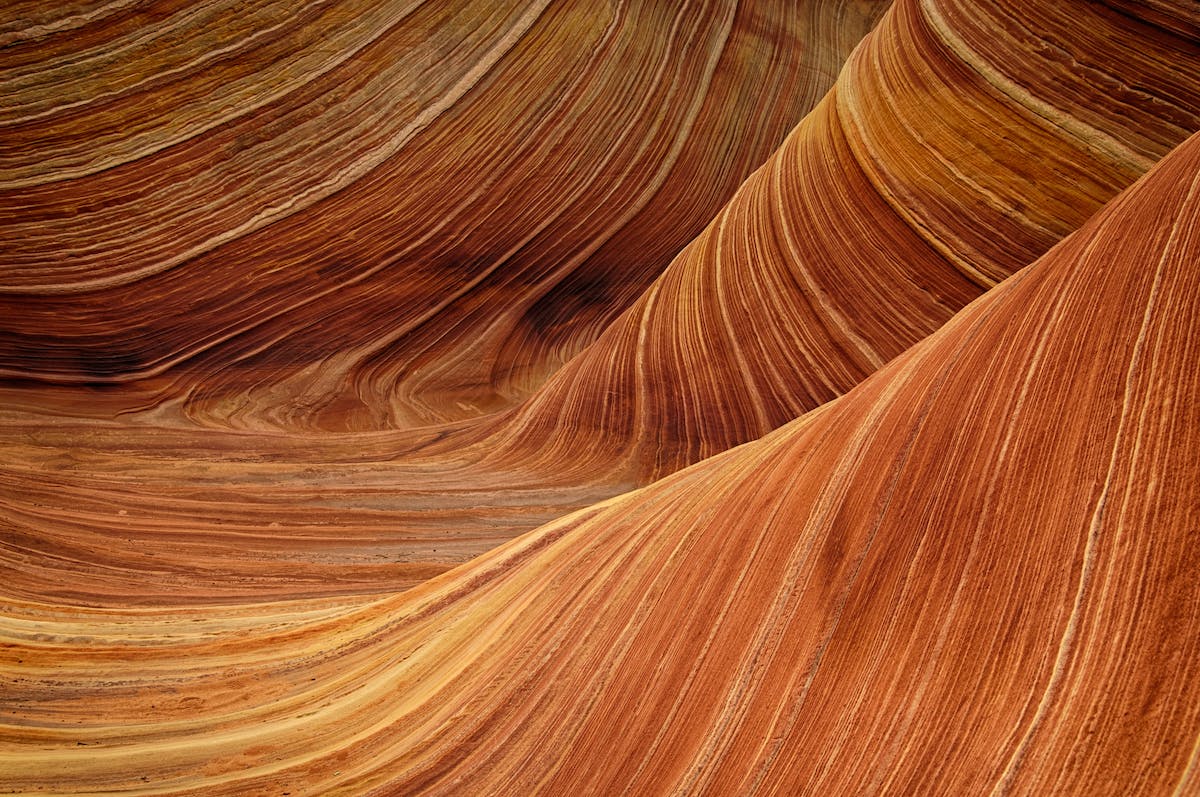Uncovering Facts About Unusual Art Forms and Their Origins
Have you ever stumbled upon an artwork that left you scratching your head in confusion? Or maybe you’ve come across a piece of art that seemed to defy all traditional standards and norms. The world of art is vast and diverse, filled with unique and unusual art forms that challenge our perceptions and expand our understanding of creativity. In this article, we will delve into the fascinating world of uncommon art forms and explore their origins, shedding light on their history and significance.
Origins of Unusual Art Forms
Unusual art forms can be traced back to various time periods and cultures, each with its own set of influences and inspirations. For example, the avant-garde movement of the early 20th century paved the way for unconventional and experimental art practices, leading to the emergence of surrealism, dadaism, and other non-traditional art forms. These movements sought to break away from established norms and challenge conventional artistic techniques, giving rise to a new wave of creativity and innovation.
Examples of Unusual Art Forms
One of the most well-known examples of an unusual art form is performance art, which blurs the boundaries between art and everyday life. Performance artists use their bodies as a medium for artistic expression, often pushing the limits of endurance and challenging societal norms. Another example is installation art, where artists create immersive, site-specific installations that engage all the senses and transform the space into a work of art. These unconventional art forms continue to captivate audiences and push the boundaries of traditional art practices.
Case Studies of Uncommon Art Forms
One fascinating case study is the rise of street art as a recognized art form. What started as graffiti vandalism has evolved into a legitimate artistic movement, with street artists like Banksy gaining international acclaim for their thought-provoking and visually stunning work. By reclaiming public spaces and challenging traditional art institutions, street artists have brought art to the masses and sparked important conversations about social issues and political activism. This example highlights how unusual art forms can shape our cultural landscape and challenge our perceptions of art.
Significance of Unusual Art Forms
Unusual art forms play a crucial role in expanding the definition of art and challenging our preconceived notions of creativity. By pushing the boundaries of traditional art practices and embracing experimentation, artists can break free from artistic conventions and explore new possibilities for expression. These unconventional art forms serve as a reminder that art is not confined to a gallery or museum but can be found everywhere around us, in the streets, in nature, and even in our own bodies. Embracing unusual art forms allows us to see the world in a new light and appreciate the beauty and complexity of artistic innovation.













